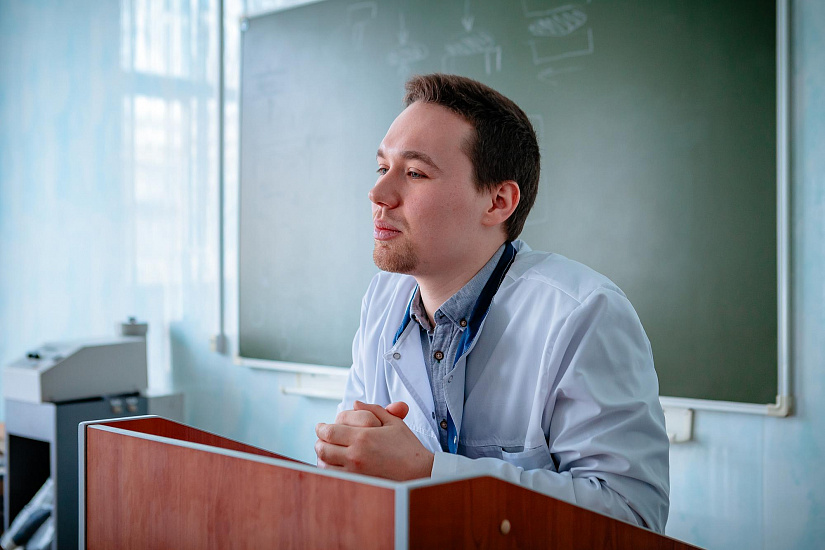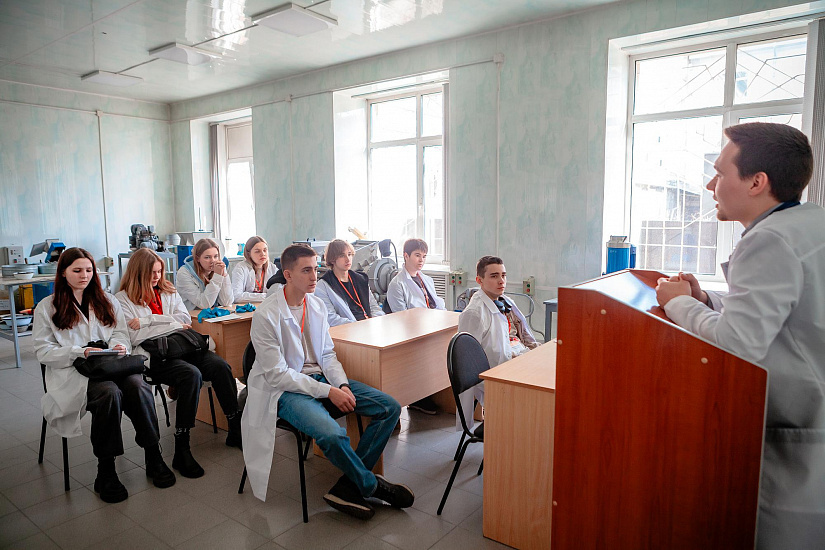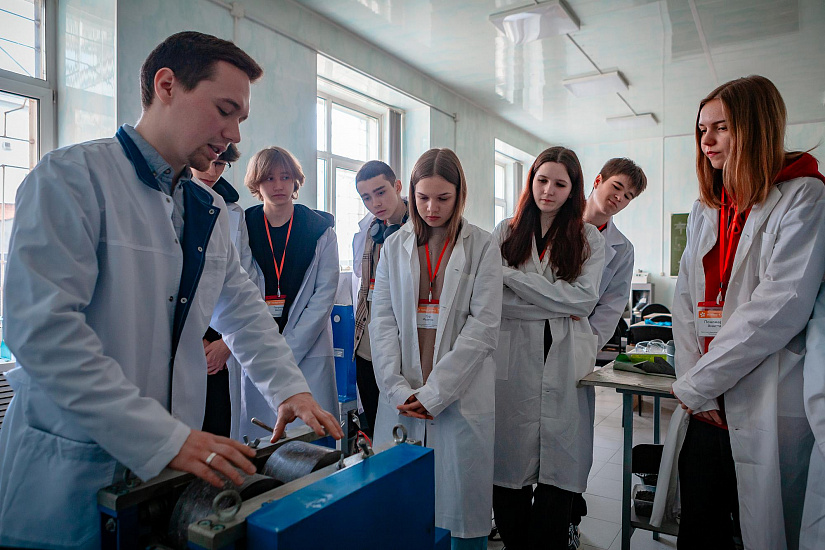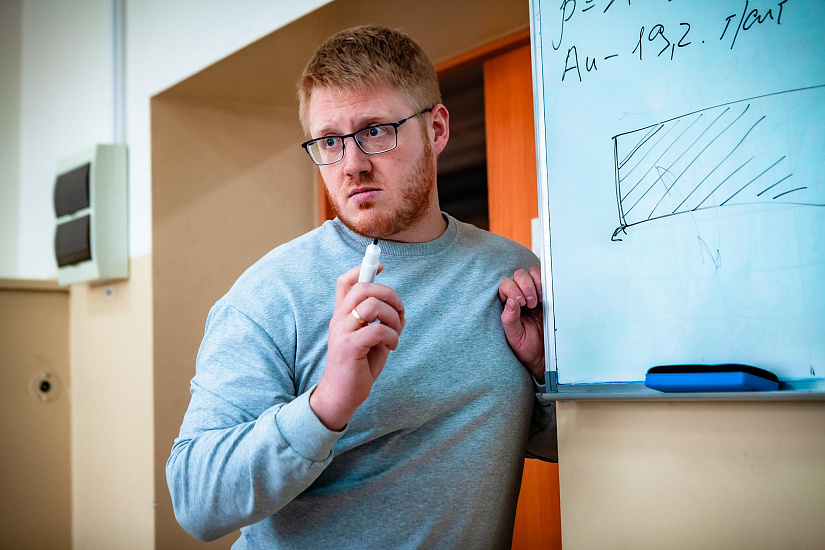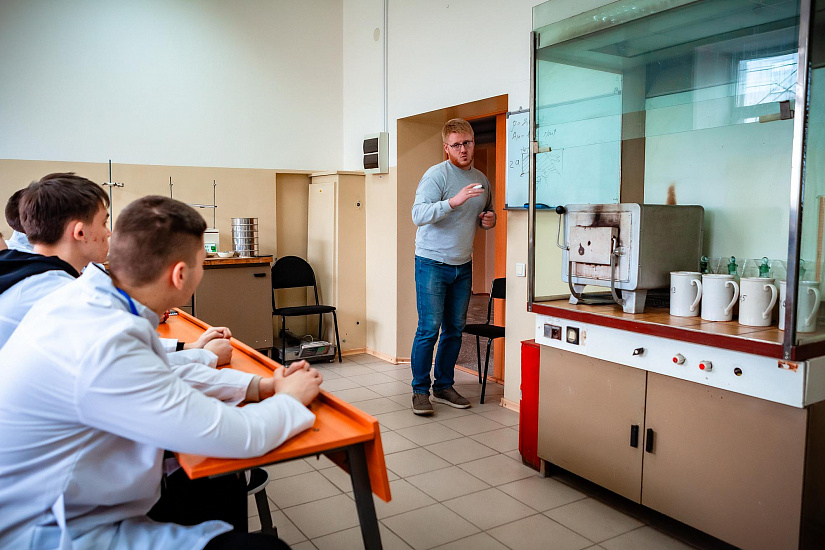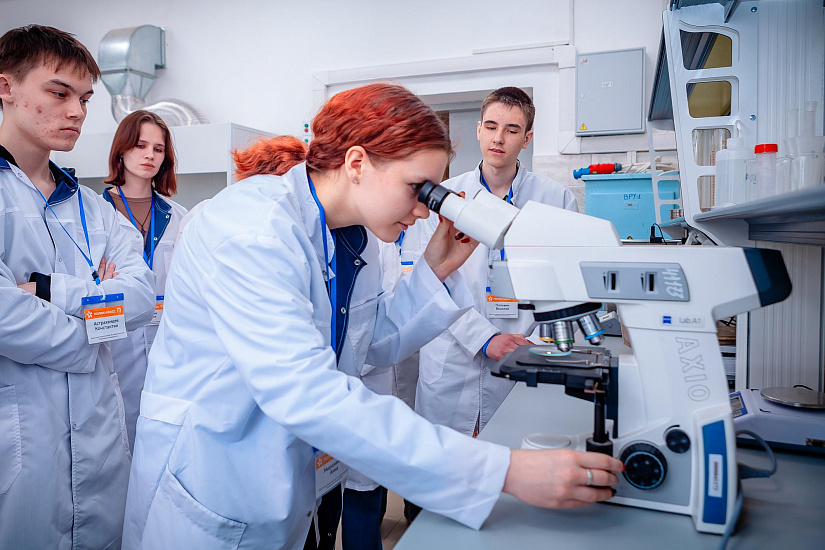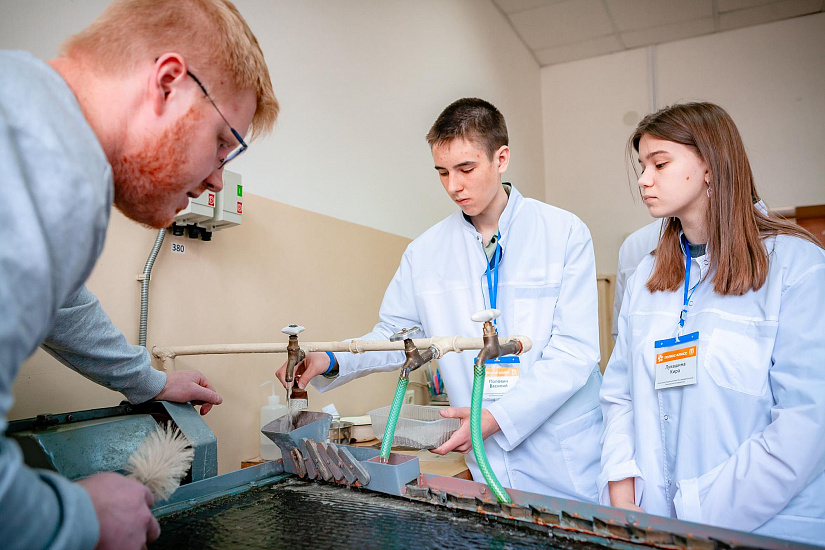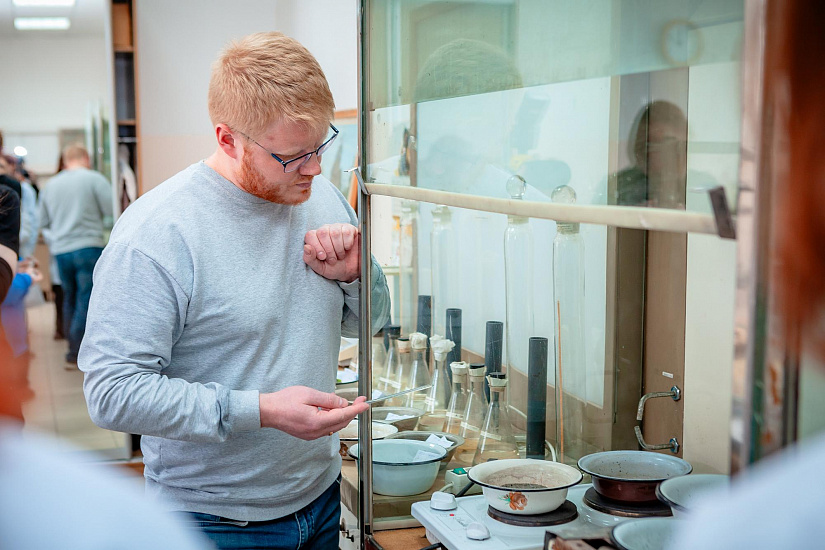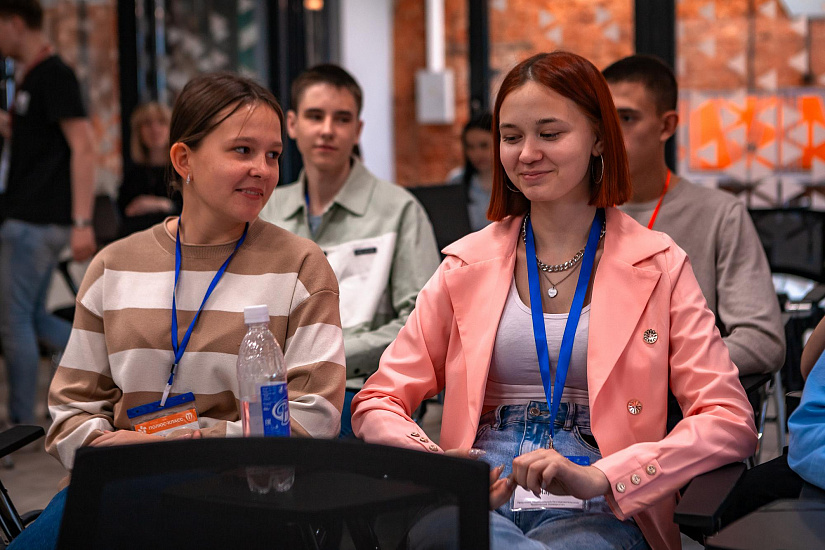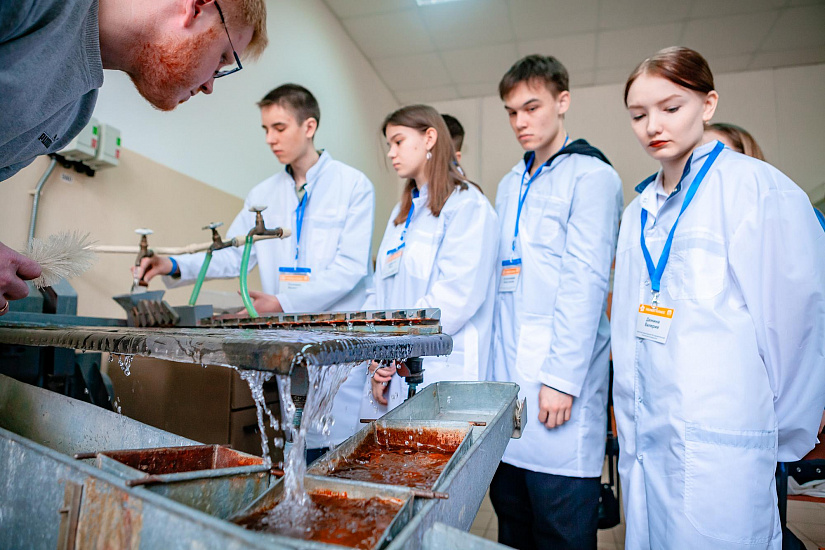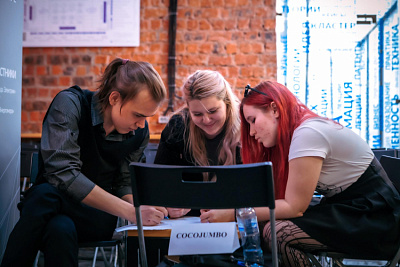Polyus-Class at INRTU: Pyrite Extraction and Ingot Quality Assessment
On April 10-12, the third full-time professional immersion for students of the Polyus-Class was held. The educational marathon program included classes on mineral processing, metallurgy, ecology and work safety. Special time was allocated for creativity, sports and psychological training.
The Polyus-Class was opened in the Irkutsk Region in 2023. 20 schoolchildren from Irkutsk, Angarsk, Shelekhovo, Bodaibo, Slyudyanka, Cheremkhovo, Usolye-Sibirskoye, and Magistralny settlement take part in the educational project with vocational guidance elements. The children prepare for the Unified State Exam and admission to INRTU for the specialties prioritized by the mining company. The students meet with the company experts and visit the university to immerse themselves in the professions.
The final classes of Academic year 2023-2024 started at the Department of Mineral Processing and Environmental Protection named after S.B. Leonov. Associate Professor Vera Vlasova and the 3rd year PhD student Yuri Novikov spoke on ore preparation methods - abrasion, impacting, splitting, breakage and crushing. The kids interested in ore dressing learned how jaw and roller crushers work. High schoolers screened ore to obtain a finer fraction and performed granulometric analysis of samples.
Associate Professor Alexander Burdonov demonstrated ore enrichment on a concentration table. The teacher noted that the final result depends on the design and size of the working surface. Among the basic technological parameters are the table area, the angle at which the ore is rolled, the amplitude and reciprocating motion frequency of the particles. Concentration table is also used to separate ion exchange resins from gangue.
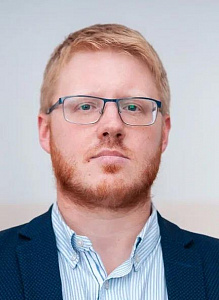
"Before enriching the ore, we wet the concentration table so that there are no dry zones. This is followed by adding raw material and regulated water flow, and changing the angle of the table if necessary. As a result, we get the product with the highest content of the valuable component (concentrate). In our case it is pyrite. The mineral is jokingly called "fool's gold" because the iron disulphide looks like the precious metal.
At the end of the process, we have an industrial product in which the waste and the valuable rock are in a one-to-one ratio. The resulting tailings from the factory are sent to warehouses or quarries," Alexander Burdonov told the schoolchildren during the experiment.
The children recorded the weight characteristics of the samples obtained. They observed under the microscope pyrite with gold inclusions and silica (waste rock).
The series of classes on mineral enrichment methods was continued by Associate Professors Vyacheslav Barakhtenko, Valentina Trusova and 2024 graduate Zandan Shonkhodoev. Together with the INRTU students, the schoolers carried out dry and wet beneficiation, photometric separation, flotation of sulphide ores and thickening of beneficiation products.
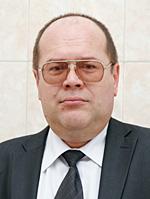
A rich program was also prepared by the Department of Nonferrous Metallurgy. Associate Professor Alexander Nikanorov introduced the high schoolers to mathematical modeling at the "Computer Technologies in Metallurgy" course. The teacher told the Polyus-Class students about simulators that help metallurgists with calculations and improve the efficiency of the entire enterprise. They got a real experience when they digitally analyzed the opening of raw materials by means of liquid-phase chlorination. After performing a few simple operations on the computer, Alexander Nikanorov and the master class participants learned about the content of platinum, palladium, gold and satellite metals in the solution.
Under the guidance of Associate Professor Andrei Tyutrin, the schoolchildren recovered lead with zinc from its chloride, carried out X-ray fluorescence and a full cycle of metallographic analysis of several laboratory samples. Anna Zaitseva, assistant of the department, taught the participants how to conduct the smelting process and evaluate the quality of ingots.
The spring session was completed by lessons from the Department of Industrial Ecology and Life Safety. Associate Professor Marina Maksimova talked about the responsible approach of the Polyus Company to the environment and how they assess the working conditions of gold miners. Associate Professor Svetlana Ivanova conducted a lesson on "rescuing the injured", during which students learned first aid techniques using special and improvised materials.
Ilya Spirin from School No. 17 in Angarsk shared his impressions of the educational marathon:

"I was first attracted to Surveying by the scale of the work and the contribution to gold mining. Now I have grown interested in mineral processing, which provides opportunities for chemical experiments and working with modern equipment. And whatever engineering profession I choose, I know that after graduating from INRTU I will work for Polyus".
The third "immersion" in careers was supported by training and an introduction to INRTU's extracurricular activities. Psychologist Ravi Ranjan spoke to students about the development of science and technology and the demand for engineers. The Chechetka tap dance studio and the Ethnobit ethnic percussion studio prepared shows and interactives for the guests. Mass fitness training was organized by "SportCom INRTU" in the Physical Education and Wellness Complex. The Chairman of the Students' Union Anton Koshkin presented the opportunities that the university provides for realization of young people in social work.
According to Anna Astayeva, an expert in interaction with Polyus educational institutions, over the past three "immersions" at INRTU students have learned about gold mining processes and become familiar with the company core values:
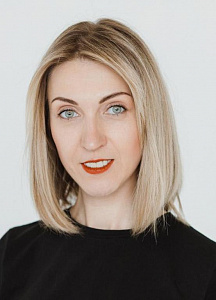
"The first academic year is coming to an end for the participants of the Polyus-Class project. Together with INRTU teachers and the company’s experts, the children have followed the path from ore to metal. With each new meeting, their interest in careers and university grows. Students ask questions and choose their "dream job".
The Polyus-Class is expecting a trip to the design school in Sochi. Next fall INRTU will continue to acquaint children with subsoil use.
INFORMATION:
Polyus is the largest gold producer in Russia and one of the top 5 gold mining companies in the world. Its main operations are located in the Krasnoyarsk Territory, the Irkutsk Region, the Magadan Region and the Republic of Sakha (Yakutia). Polyus employs more than 20,000 people. The company specialists are engaged in geological exploration, field development, production of gold alloy, logistics, construction and land reclamation.
